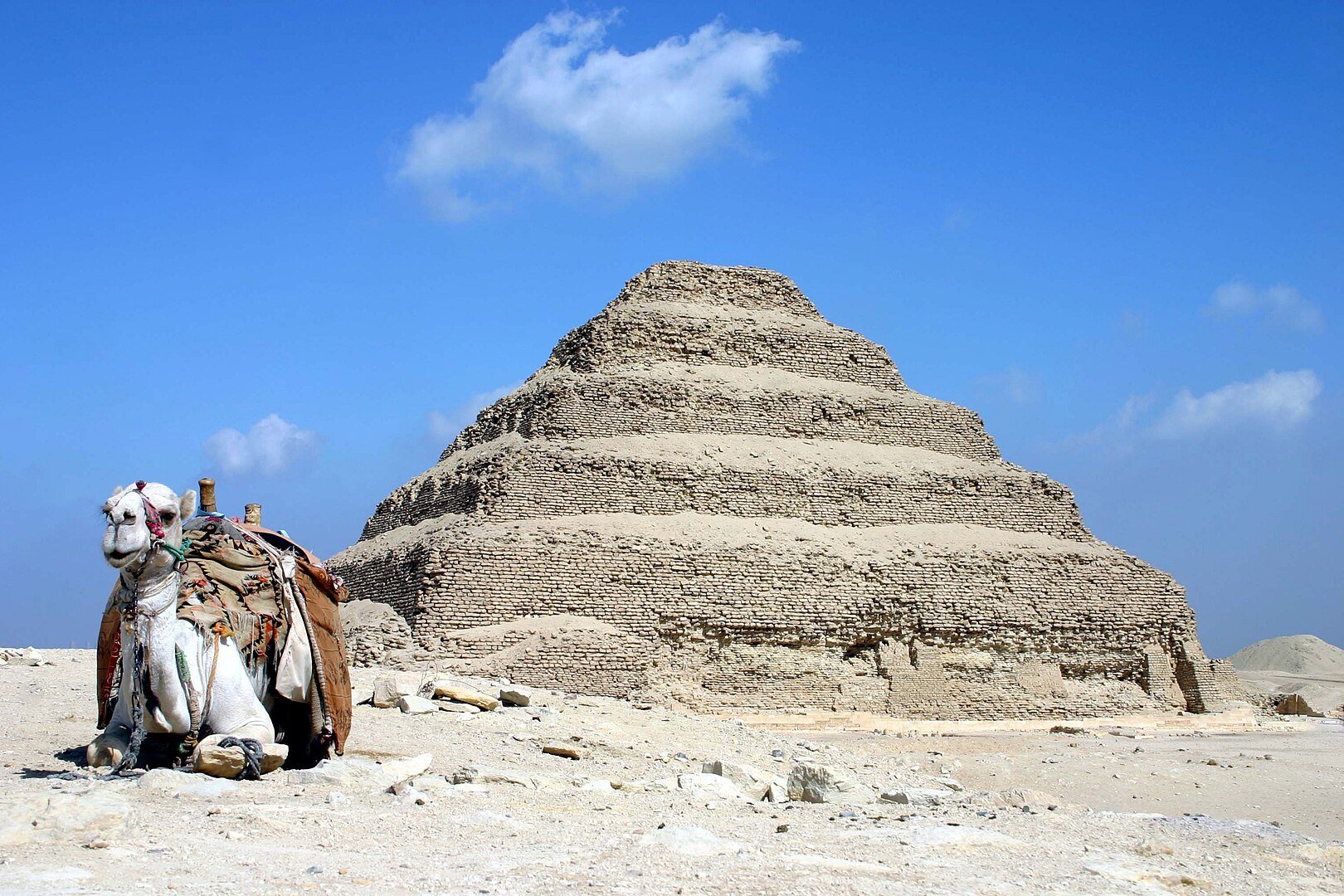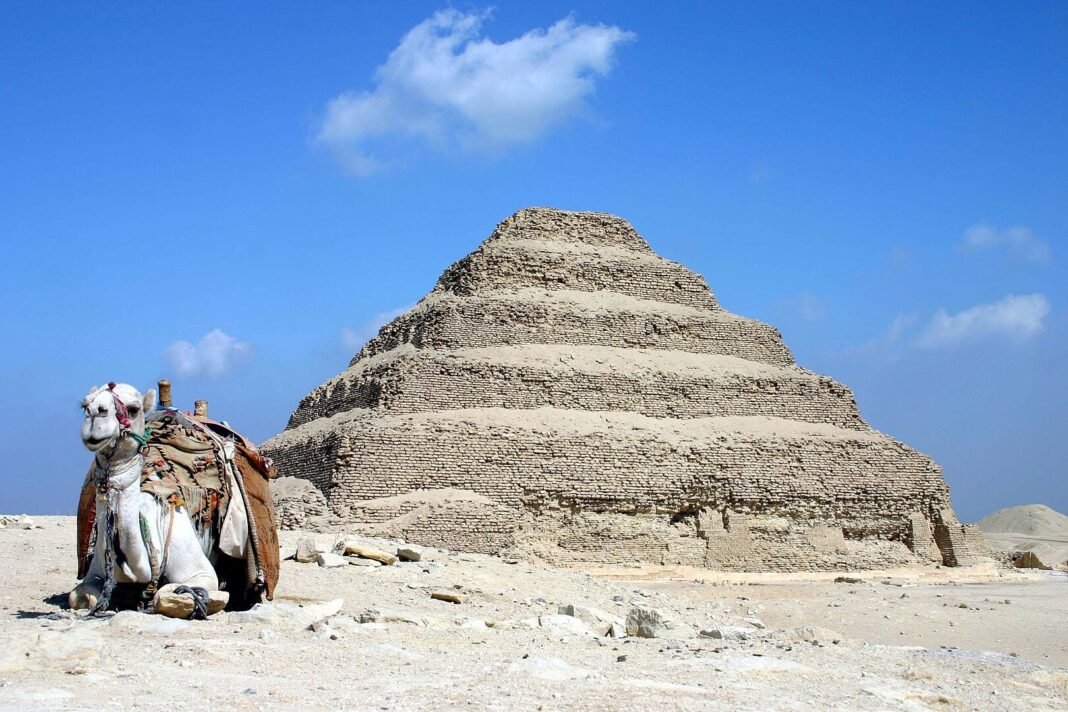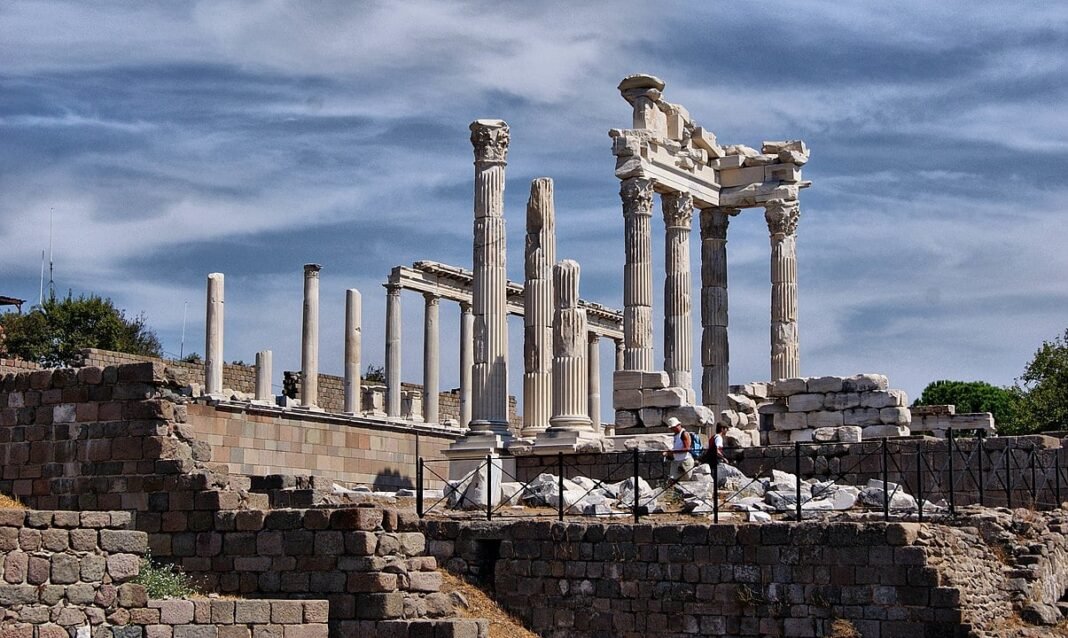
A French research team has introduced a new theory on how the Great Pyramid of Zoser may have been built, challenging long‑standing ideas about ancient Egyptian engineering. The study suggests that water played a crucial role in the process, offering fresh insight into what some experts describe as one of history’s greatest architectural puzzles. The findings mark a significant addition to the ongoing debate over the construction secrets of Egypt’s pyramids.
Researchers propose that two wells inside the pyramid were part of a flotation system used to move massive stone blocks. By submerging the stones in water, workers could have reduced friction and maneuvered them with greater ease.
The team noted that this approach would have provided ancient builders with more control in precisely placing the blocks, according to the Spanish outlet El Cronista.
Excavations and evidence of a water-based system
Evidence found outside the pyramid also supports this theory. Excavations around the site appear to have been used to settle sediments, allowing cleaner water to be circulated during construction. The nearby enclosure of Gisr el‑Mudir may have served as a dam, storing Nile water and sediments to maintain the flotation system.
The authors believe these discoveries set the stage for further research into hydraulic energy and its role in pyramid building, including the possibility of water-based lifting methods that utilized natural rises in water levels.
While French researchers investigate water engineering, an Italian team led by Filippo Biondi and Corrado Malanga has made a separate claim about structures beneath the Giza Plateau.
Engineers Found Evidence of Hydraulics in an Ancient Pyramid
Hydraulic mechanics may have indeed been the driving force behind the construction of ancient Egyptian pyramids.
In a preprint paper, scientists concluded that the Step Pyramid of Djoser in Saqqara, Egypt—believed to be… pic.twitter.com/DLrPxJKndh— NUIT Gaming (@GamingNuit) April 26, 2025
Using Synthetic Aperture Radar combined with Doppler tomography, they reported discovering eight massive cylindrical formations beneath Khafre’s Pyramid. The cylinders, arranged in two rows, appear to descend about 650 meters into the bedrock, with spiral paths wrapping around them.
Italian radar findings raise new questions
In an interview with the Daily Mail, Biondi stated the underground formations appear interconnected, suggesting the pyramids might be part of a far larger subterranean complex.
The team also identified possible chambers resembling those above the King’s Chamber in Khufu’s Pyramid and cube‑shaped structures about 80 meters on each side.
The claims, however, remain controversial. The radar findings have not undergone peer review, and some experts argue that the formations may just be natural cavities, which are common in Giza’s limestone bedrock.
Zahi Hawass, former Egyptian Minister of Antiquities, dismissed the results, stating that radar cannot reliably detect objects at such depths and called the interpretations unfounded.
Long-standing theories and workforce realities
Mainstream archaeology still holds that the pyramids were constructed roughly 4,500 years ago as tombs for pharaohs Khufu, Khafre, and Menkaure. Yet no mummies or human remains have been discovered inside them.
The Great Pyramid’s internal chambers were built with granite blocks weighing up to 70 tons, transported from Aswan quarries 800 kilometers away and fitted so precisely that copper or bronze tools could not have shaped them effectively.
For decades, the leading theory credited large ramps for hauling the stones into position, with thousands of workers using sledges, logs, and levers. However, archaeologists have never found remains of the massive ramp systems such a method would have required.
Contrary to the image of enslaved laborers, evidence shows the pyramids were built by organized teams of specialists and workers. Around 20,000 people are believed to have worked on construction for ten to twenty years, including skilled craftsmen, seasonal laborers, quarry workers, and supply teams.
The tradition began with the Step Pyramid designed by Imhotep for Pharaoh Djoser around 2680 BCE, which set the stage for the monumental architecture of the Old Kingdom.


